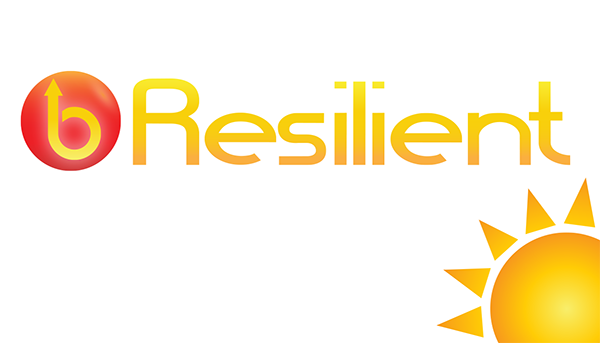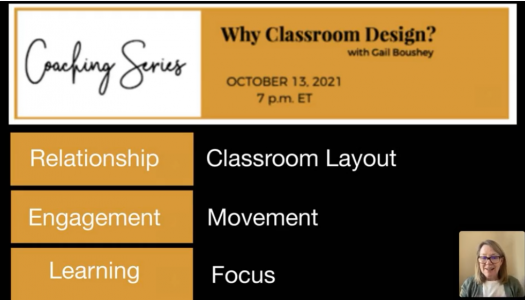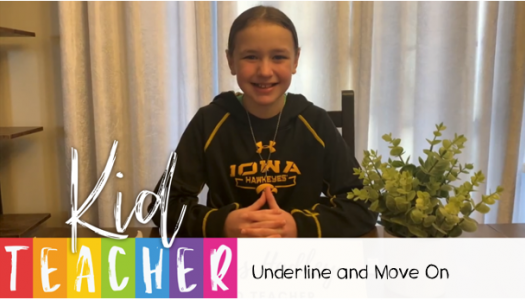
Lori Sabo
Have you been led to believe we can assess understanding via a brief quiz?
Let’s see . . .
A terimblee finklejimmy was schmooting at a plinkenhammer. The plinkenhammer pinked. The finklejimmy groffed and bruzed, “Doafblot” before wonktoading fortrimedly away.
Quiz time:
- What kind of finklejimmy was it?
- What was the terimblee finklejimmy doing?
- What did the finklejimmy do after the plinkenhammer pinked?
- How did the finklejimmy wonktoad?
I am guessing you did well on that quiz, even though you couldn’t possibly have understood all the nonsense I just made up.
There are better ways to assess comprehension. Five come immediately to mind.
- Ask, “What is happening in your book right now?” This is something I can ask kindergartners through sixth graders, and it very quickly leads to a powerful informal assessment of their understanding.
- We can ask students to tell us what they are wondering about. Their questions also serve as a tool for assessing comprehension. Sometimes they ask deep, author-intended questions, and other times they ask questions that illuminate misunderstanding. I will never forget the student who was very upset while reading Shiloh, completely mystified about why a shepherd from Germany would attack a dog. Oh my. It wasn’t a German shepherd, it was a German shepherd dog. The mental image the student had created changed significantly after our conference.
- Students can share with one another in small groups or partnerships. As we move from conversation to conversation, we can eavesdrop on the level of comprehension. The joyful side effect of these book chats is that they often spur interest in one another’s books.
- Art response: We don’t need a room full of dioramas, but sketching a favorite part in a journal can serve as a visual diary of books read and lead to rich conversations about why that scene resonated with the student.
- Finally, journaling is a way students can respond authentically throughout their lives. They can jot down what they think the author’s purpose was, record any writer’s craft they’d like to emulate, or list vocabulary words they want to remember.
So, ditch the quiz? I’ll let you decide. But I hope you’ll pop these five ideas onto your tool belt, because they are infinitely better at measuring comprehension.
And just in case you need it (even though I’m quite sure you don’t), here are the questions with the answers.
- What kind of finklejimmy was it? A terimblee finklejimmy.
- What was the terimblee finklejimmy doing? It was schmooting at a plinkenhammer.
- What did the finklejimmy do after the plinkenhammer pinked? The finklejimmy groffed and bruzed, “Doafblot.”
- How did the finklejimmy wonktoad? It wonktoaded fortrimedly away.
Did you know whe have a new course all about routines? In it you will learn a proven system to teach routines so that you create an environment where all students understand what is expected of them so that they can be productive and successful throughout the year. We will show you how to do it, and tell you why it is better than what you are doing now. And, you will receive 15 lesson plans to support your new learning. Oh, and it’s only $50! Get Access Now.
News From The Daily CAFE
Why Classroom Design? Coaching Replay
Underline and Move On: Kid Teacher








